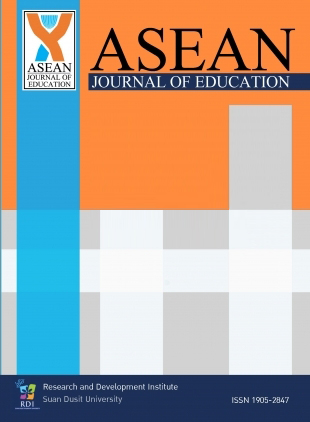Articles, Riddles, and Storytelling for Early Childhood
Keywords:
Riddles, Guesses and fairy tales, Develop language, Early childhoodAbstract
Riddles are activities that can help develop language skills for early childhood.
A riddle is a problem or question in which the questioner may ask directly or indirectly. Questions may be phrased in prose. Or there can be a rhyme in the verse language. The language used is simple and short. There will be some answers in the puzzle. It is often something that is seen in everyday life. And in some questions, there is an outline or a guideline for the answer which the respondents must observe in figuring out the answer. The nature of the riddle uses rhyming words without limiting the number of words in each paragraph. It is a short message using only words that create an image for the riddle’s answer. This makes it easy to remember and the content is often taken from things around us, such as, objects, people, animals, vegetables, plants, time, places, utensils, natural phenomena, intelligence. The author of the riddle must be observant.
The number of question texts will have the same length and shortness. There may be only one episode. Two, three, or more, but every passage is an implicit answer. Which when the answers are combined will be the nature of the guess itself. Direct questions are not commonly asked, but rather to use analogies.
References
Soontrasai. (2023). Effects of Using Puzzles on Analytical Thinking Skills of Kindergarten 2/4 Phraya Prasert Soontrasai. (whole pool) Retrieved from https://anyflip.com/bdwpy/vwsh/basic
Tantipalachiwa. (1998). “Telling stories” in early childhood education. Retrieved from http://www.edtechbooks.com/articles/42147662/storytellingforearlychildhood.html
Downloads
Published
How to Cite
Issue
Section
License

This work is licensed under a Creative Commons Attribution-NonCommercial-NoDerivatives 4.0 International License.
1 All articles will undergo a formal peer-review. A panel of experts from within or without the university will examine the article; approval from a minimum of two experts is required for publication. Revisions posed by the experts must be completed by the research prior to publication.
2 Once published in the ASEAN Journal of Education, the article becomes intellectual property of Suan Dusit University. Duplication, in full or part, requires permission from Suan Dusit University.
3 Excluding errors incurred during printing, author(s) are responsible for the content of their articles.






